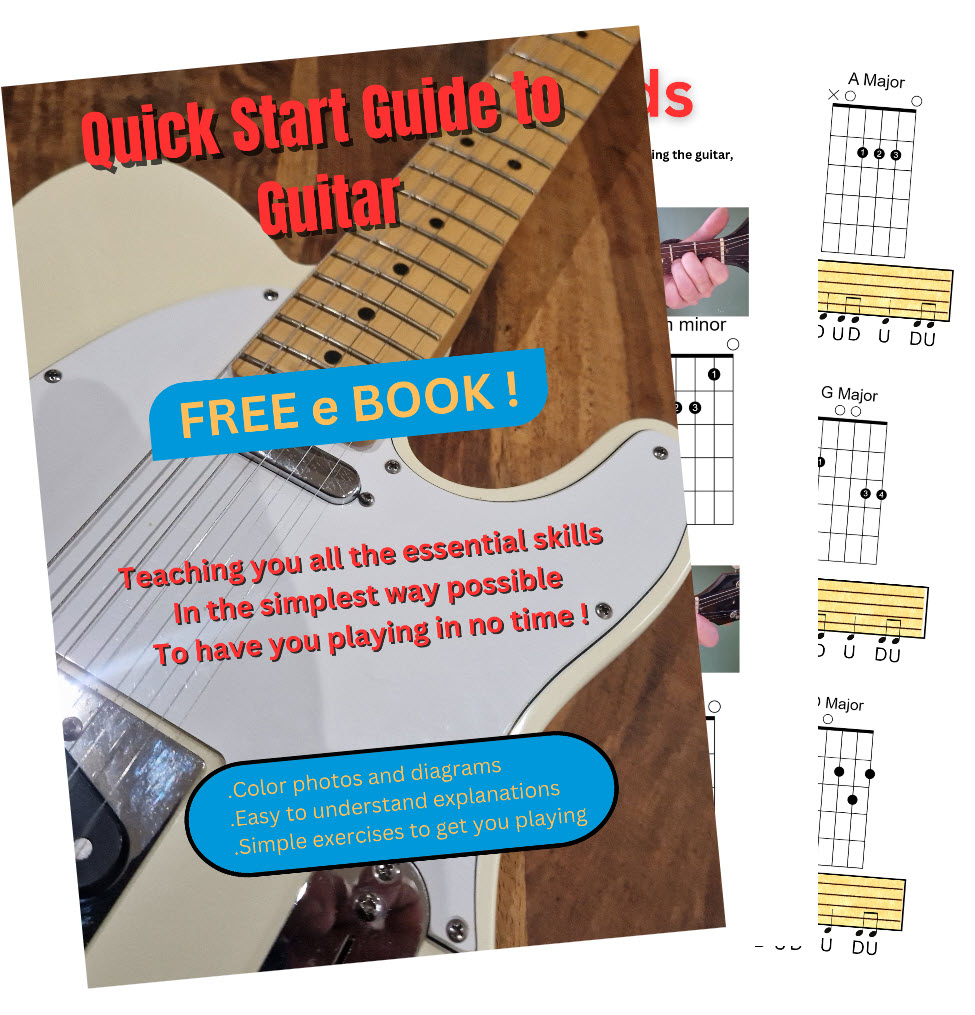Mastering 6th Chords on Guitar: Unlocking New Sounds and Techniques
Introduction:
As a guitarist, expanding your chord vocabulary can significantly enhance your musical expression and versatility. One often overlooked yet incredibly rich set of chords is the 6th chord. These chords add a lush, colorful texture to your playing and can be used in a variety of musical genres, from folk and blues to jazz and beyond. In this article, we’ll delve into the world of 6th chords on the guitar, exploring their structure, applications, playing techniques, and more. Whether you’re a beginner looking to spice up your chord progressions or an experienced player seeking new sounds to incorporate into your repertoire, mastering 6th chords will undoubtedly take your playing to the next level.
Quick Tips for Mastering 6th Chords:
- Start with basic open-position 6th chords like Am6 and C6 to familiarize yourself with the sound and feel of these chords.
- Experiment with different voicings and variations of 6th chords to find the ones that suit your playing style and musical preferences.
- Practice transitioning smoothly between 6th chords and other common chord shapes to integrate them seamlessly into your playing.
- Explore various playing techniques such as fingerstyle and strumming patterns to add depth and dynamics to your 6th chord progressions.
- Don’t be afraid to incorporate 6th chords into your improvisations and compositions, as they can serve as excellent harmonic embellishments and melodic anchors.
- Understanding 6th Chords
- Definition and Structure:
– 6th chords are tertian chords consisting of a root, third, fifth, and sixth interval.
– They can be major, minor, or dominant, depending on the quality of the third and sixth intervals.
- Difference Between Major and Minor 6th Chords:
– Major 6th chords feature a major third and major sixth interval, while minor 6th chords have a minor third and major sixth interval.
– Major 6th chords often have a brighter, more uplifting sound, whereas minor 6th chords evoke a sense of melancholy or introspection.
- Voicings and Variations:
– 6th chords can be played in various positions and inversions across the guitar neck.
– Common voicings include open position chords, barre chords, and moveable shapes that can be transposed to different keys.
- Practical Application
- Basic Open Position 6th Chords:
– Examples include Am6, C6, and D6, which can be played using open strings for added resonance and depth.
– These chords are ideal for acoustic playing and singer-songwriter arrangements.
- Moveable Shapes for 6th Chords:
– Learn moveable shapes for major and minor 6th chords that can be shifted up and down the fretboard to play in different keys.
– Experiment with variations such as adding or omitting certain chord tones to create unique voicings and textures.
- Using 6th Chords in Chord Progressions:
– Incorporate 6th chords into common chord progressions to add harmonic richness and flavor.
– Experiment with substituting 6th chords for other chords in progressions to create interesting harmonic twists and turns.
III. Playing Techniques
- Strumming Patterns for 6th Chords:
– Explore different strumming patterns and rhythmic feel to enhance the groove and feel of your 6th chord progressions.
– Experiment with techniques such as percussive strumming and palm muting to add dynamics and texture.
- Fingerstyle Techniques with 6th Chords:
– Develop fingerstyle patterns and arpeggios that highlight the unique character of 6th chords.
– Focus on precise fingerpicking technique and control to bring out the individual notes of the chord voicings.
- Musical Examples
- Popular Songs Featuring 6th Chords:
– Analyze songs from various genres that prominently feature 6th chords in their chord progressions.
– Learn to play these songs to gain a deeper understanding of how 6th chords can be used in real-world musical contexts.
- Exercises and Drills:
– Practice exercises and drills specifically designed to improve your proficiency with 6th chords.
– Work on chord transitions, finger dexterity, and fretboard visualization to master 6th chords across the neck.
- Advanced Concepts
- Extensions and Alterations of 6th Chords:
– Explore extended chords such as 9th, 11th, and 13th chords built upon the foundation of 6th chords.
– Experiment with alterations such as sharp and flat 6th chords to add tension and color to your harmonic palette.
- Jazz Applications of 6th Chords:
– Study how 6th chords are used in jazz harmony, including their role in ii-V-I progressions and modal interchange.
– Learn jazz standards and improvisational techniques that incorporate 6th chords to expand your jazz vocabulary.
Table of Things You Can Purchase with Prices:
| Item | Price (USD) |
| Guitar Chord Book | $15-$30 |
| Guitar Chord App | Free-$10 |
| Online Guitar Course | $50-$200 |
| Sheet Music/Songbook | $10-$25 |
| Capo | $10-$20 |
| Guitar Picks | $5-$10 |
| New Guitar | $200-$2000+ |
Prices are approximate and may vary depending on brand, quality, and retailer.
Conclusion:
In conclusion, mastering 6th chords on the guitar opens up a world of possibilities for creative expression and musical exploration. Whether you’re strumming chords in a folk song, fingerpicking a blues ballad, or improvising over a jazz standard, 6th chords can add depth, color, and emotion to your playing. By understanding the structure of 6th chords, experimenting with different voicings and variations, and incorporating them into your playing techniques and musical repertoire, you’ll take your guitar playing to new heights. So pick up your guitar, explore the world of 6th chords, and let your creativity soar.


Leave a Reply